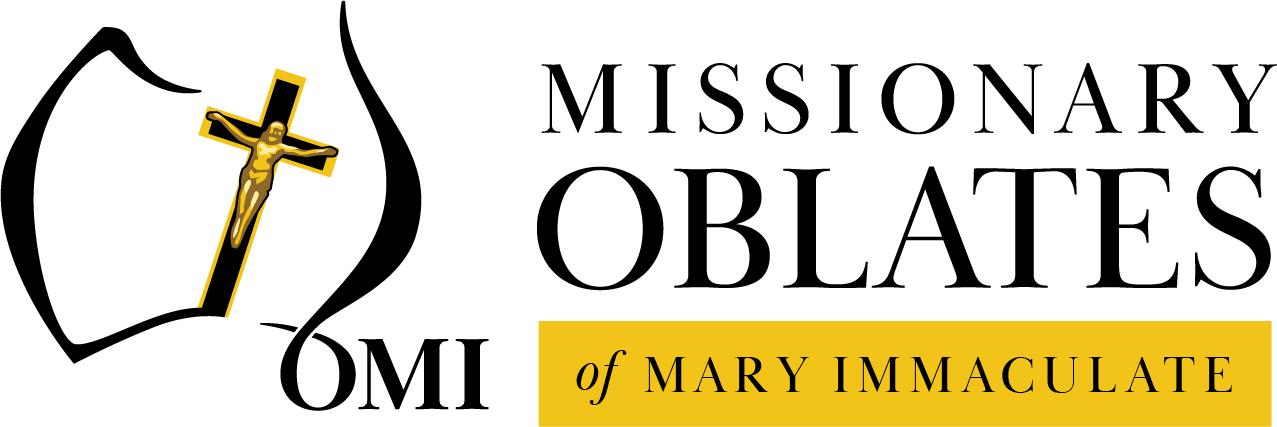May: Celebrating Mary as Mother of the Church and Mother of the Oblates
During the Second Vatican Council, Pope Paul VI released a ground-breaking document on the nature of the Church, entitled Lumen Gentium, Light to the Nations. In this profound letter, the Church was urged to see itself as the united people of God and that all members of the Church held equally a universal call to holiness. Furthermore, this document was one of the first, in modern times, to speak about the pilgrim journey of the Church, which of course has come to the forefront in recent years with the Synods and this Jubilee Year, themed as Pilgrims of Hope.
The final chapter of this document raises up an example to all of humanity of a true pilgrim of hope, and that is the Blessed Virgin Mary, who we particularly honour during this month of May. Mary is particularly recognised and adored for her motherly nature which she continues to provide to the Church. The Council proclaimed that “by her maternal charity, she cares for the brothers and sisters of her Son, who still journey on earth surrounded by dangers and temptations, until they are led into the happiness of their true home.” During the closing session of Vatican II, Paul VI titled Mary as “Mother of the Church” and we are encouraged, as the faithful members of Christ’s Body, to look upon Mary as our kind mother and trust in her constant intercession for us, her children.
Throughout his life, St Eugene de Mazenod, saw the Blessed Virgin as a mother-figure as well. Having somewhat of a tumultuous relationship with his own mother, Mary became an important patroness and guide for Eugene, a reliable mother who would never abandon him. He often referred to her as the Mother of Mercy, a title that reflects her compassionate and nurturing nature. In his writings, he expressed his filial devotion to Mary and his desire to spread her love and mercy through the ministry of his congregation, the Missionary Oblates of Mary Immaculate.
Interestingly, the first communities established outside of Aix-En-Provence were not parishes but were shrines dedicated to the Virgin Mary. These places often allowed the Oblates to create great centres of devotion where pilgrims would come to experience the mercy of a loving Mother. These shrines allowed the Oblates to go out and bring the mercy of the divine Mother to those on the margins.
Mary's role as the Mother of Mercy is beautifully illustrated at the wedding at Cana, where she interceded on behalf of the hosts, prompting Jesus' first miracle, and saving the poor couple from public humiliation. This act of mercy highlights her compassionate nature and her willingness to intercede for those in need. Similarly, at the foot of the Cross, Jesus entrusted Mary to the beloved disciple, symbolising her role as the mother of all believers. In turn, all our mothers become great examples to us of God’s unconditional love and mercy, which we celebrated recently with Mother’s Day.
Today, the Oblate missionaries, together with the De Mazenod Family, are guided by St. Eugene de Mazenod's vision, and strive to bring Mary's maternal care to the world. Our work among the poor and marginalized is a testament to the enduring power of Mary's love and mercy. By serving those in need, we can continue to honour Mary's legacy and continue her mission of compassion.
